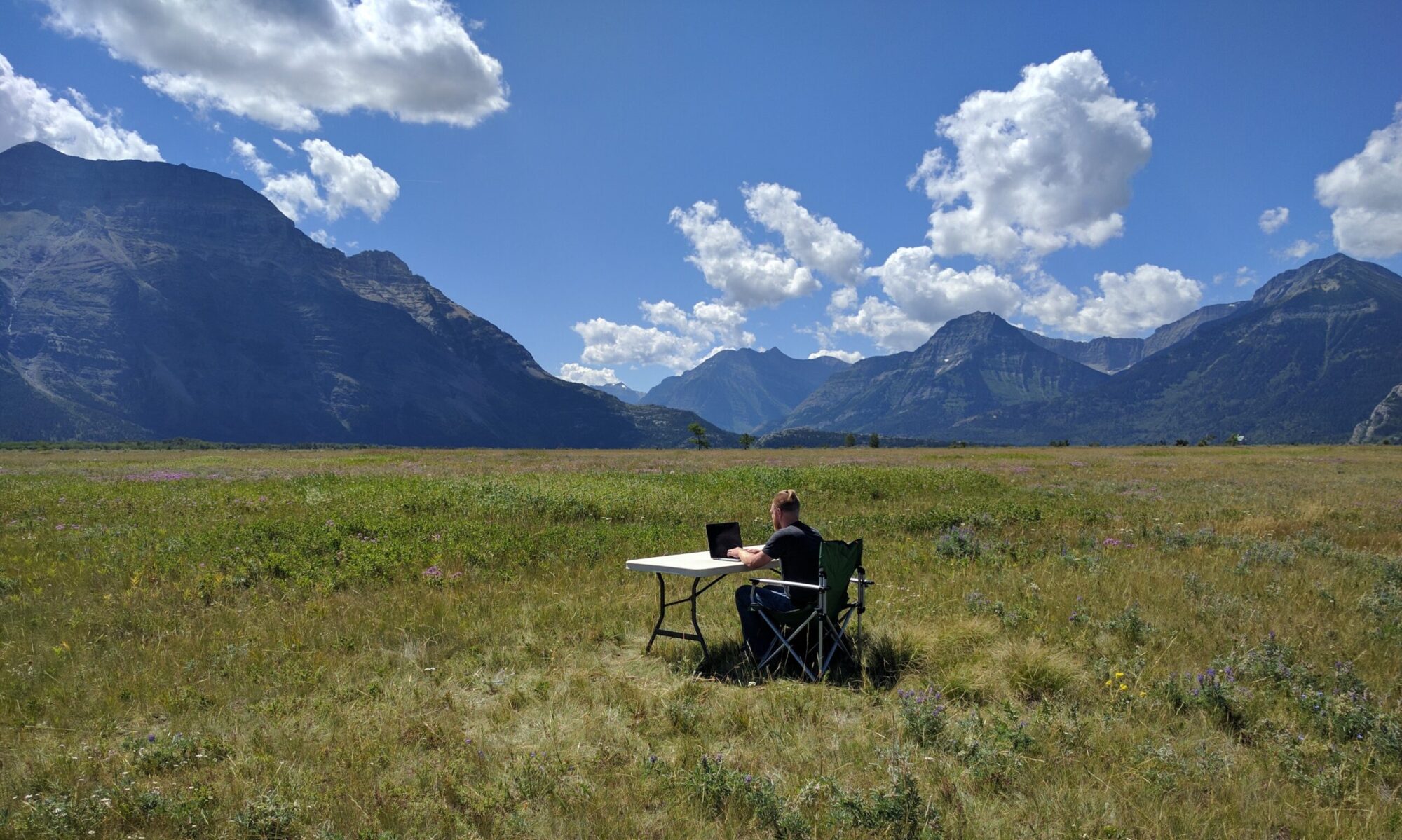Through a worldschooling group on facebook, we stumbled on a family service trip/cultural immersion experience in Fiji. This was exactly what we were thinking of doing with our world nomad travels! But, getting to Fiji looked very expensive.

That’s a benefit of a round the world (RTW) mindset. We’re looking at one way trips and connecting them along the way with our housesits and other destinations. Since we’re not getting round trip tickets, we could treat Fiji as a stepping stone to the Pacific/Oceania region. We had Australia and New Zealand pretty high on our list so we thought we’d apply for house sits in those areas and make it happen. Soon after we were confirming a number of sits in the region! This also helped us decide on an international nomad adventure rather than going the overland/RV route. What better way to kick off a RTW tour than by visiting with a local Fijian tribe and living with them in a coop and help them but also be immersed in their culture.

The organization works to help a remote island of Fiji (because Fiji isn’t remote enough). We’ll first fly to Nadi, on the west coast of Viti Levu (the biggest island of Fiji), which is the international airport in Fiji. Then we take a domestic flight to Labasa, the town on the north side of Vanua Levu (the second largest island of Fiji). Then we take a ferry out to the tiny island of Vorovoro. Look just north of Labasa, and you’ll see Mali Island. Vorovoro is an even tinier island off the coast of Mali, it’s not on this map but you can find it here.

Vorovoro is inhabited by the Mali tribe, which also has villages on other nearby islands. It is also the home of the tribe chief, Tui Mali and the cultural center. First the island was the location for a tourism community project which featured on the BBC Documentary called Paradise or Bust run by Tribewanted. After that, they partnered with a company called Bridge the Gap and Auburn University to assist the community with sustainable community development.
Bridge the Gap partners with Vorovoro in the planning and execution of Vorovoro’s community development goals and to bolster Vororovo’s global outreach opportunities while maintaining the integrity of the tribe’s rich cultural heritage and working to protect the local natural environment. The partnership uses a multipronged approach for reaching these development goals. This approach includes business mentorship programs, sustainable agricultural training, infrastructure support, and networking with various international organizations. (thanks Wikipedia)
We’ll be involved in building a kindergarten classroom for the local village school this summer and also joining the tribe for ceremonies and meals and other cultural activities like basket weaving, fishing (I hope to catch a fish with a spear), snorkeling, hiking and hammocking and more. We’ll stay in a hut by the beach as a family and eat (and learn to cook) local meals.

So we’ll basically be living in Moana’s village, with a healthy portion of Given. At least that’s what the kids think and I hope they’re not wrong. If you want to learn more about those who started the Bridge the Gap organization here’s an interesting interview to read. Stay tuned for our updates, we fly in 1 week!




